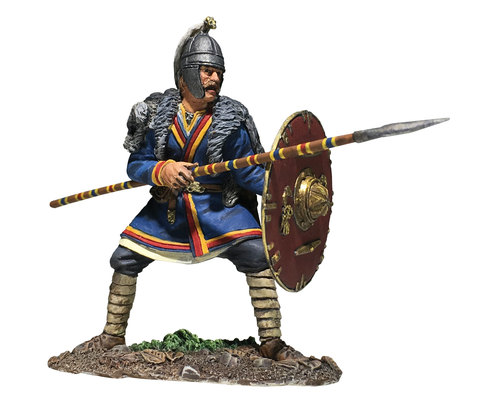When you spar, especially if you spar against other styles, do you adjust or modify your guard and techniques or do you work from the classical back-weighted stance, facing your opponent squarely with hands held in a man-wu-sau position extending out from center-line?
And how do you move? Are you constantly moving and evasive or do you try to find or create an opening and explode straight forward?
And how do you move? Are you constantly moving and evasive or do you try to find or create an opening and explode straight forward?

